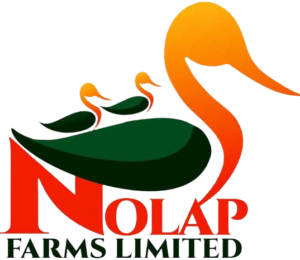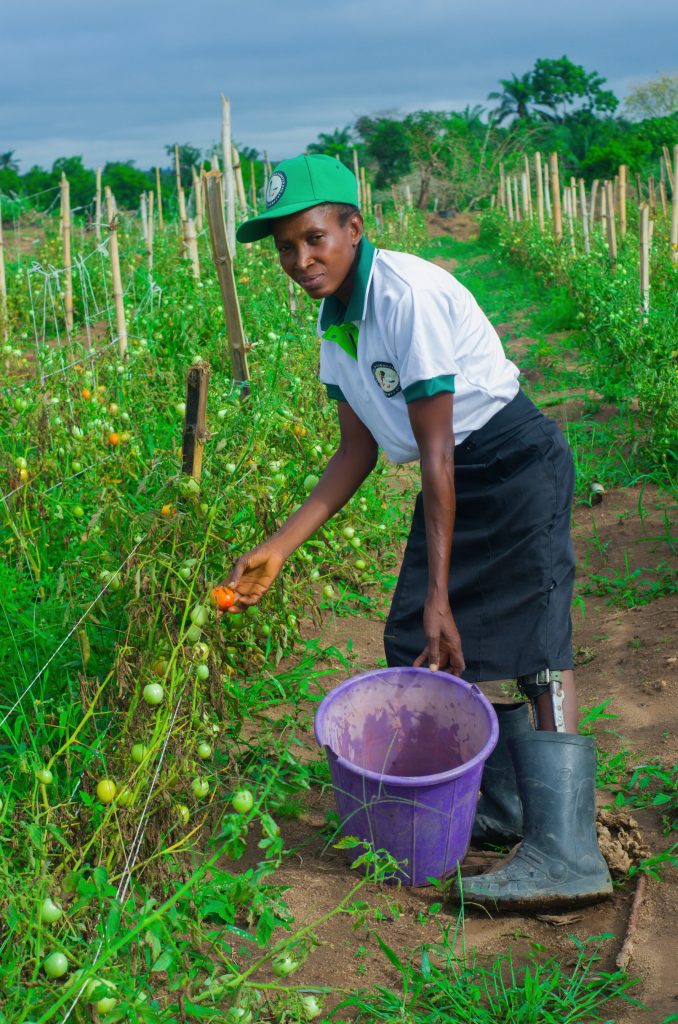FAQ & Facts
As a hub for all things related to cattle grazing, irrigation farming, and animal care, we understand that you may have questions about various aspects of livestock management.
YOU NEED HELP?
That’s why we’ve put together this comprehensive FAQ section to address some of the most commonly asked questions. From grazing techniques to animal health, our goal is to provide you with accurate and insightful answers that help you navigate the world of agriculture with confidence.
FAQ
Nolap has a FAQ section for cattle grazing and animal care with reliable answers for common queries. Get expert insights and solutions for grazing techniques and animal health to excel in livestock management.
1. What is rotational grazing, and how does it benefit my cattle?
Rotational grazing involves systematically moving livestock between different grazing areas. It promotes healthier pastures, prevents overgrazing, and supports better animal nutrition.
2. How do I design effective paddocks for my livestock?
Designing paddocks requires considerations like animal size, forage type, and water accessibility. Our articles provide step-by-step guidance on creating well-planned and efficient grazing areas.
3. What are some strategies for preventing disease outbreaks among my animals?
Disease prevention involves vaccination schedules, proper nutrition, clean living conditions, and quarantine protocols. Discover detailed tips to safeguard your animals’ health.
4. How can I manage stress in my cattle during transportation?
Transport stress can impact animal well-being. Learn about proper handling, trailer design, and stress-reduction techniques to ensure safe and comfortable transportation.
5. What is irrigation farming, and why is it important for agriculture?
Irrigation farming involves the controlled application of water to crops in order to supplement natural rainfall.
6. How can I determine the water needs of my crops for effective irrigation?
Assessing your crop’s water requirements involves considering factors such as plant type, growth stage, soil type, weather conditions, and evapotranspiration rates.
The price depends on the age, sex and breed of the cattle. Since the programme focuses on rearing male cattle we strongly advise sokoto Gudali because of high meat to feed conversion ratio. Depending on age the price range should be 150,000 naira to 180,000 naira
The maintenance fee is 25,000 naira per month per cow and this covers feeding, vaccination, veterinary services, security and all other maintenance fee
Yes it’s mandatory to insure the animals
The insurance fee is 20,000 naira and it’s one off
The production system is intensive and the farm has set up ranch with a bunker silo for the production of silage. With these systems of production the projected minimum value is 700,000naira to 800,000 naira
Yes it’s mandatory to insure the animals

